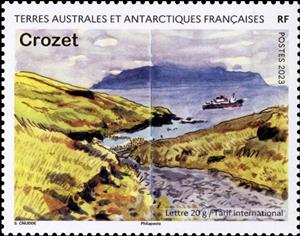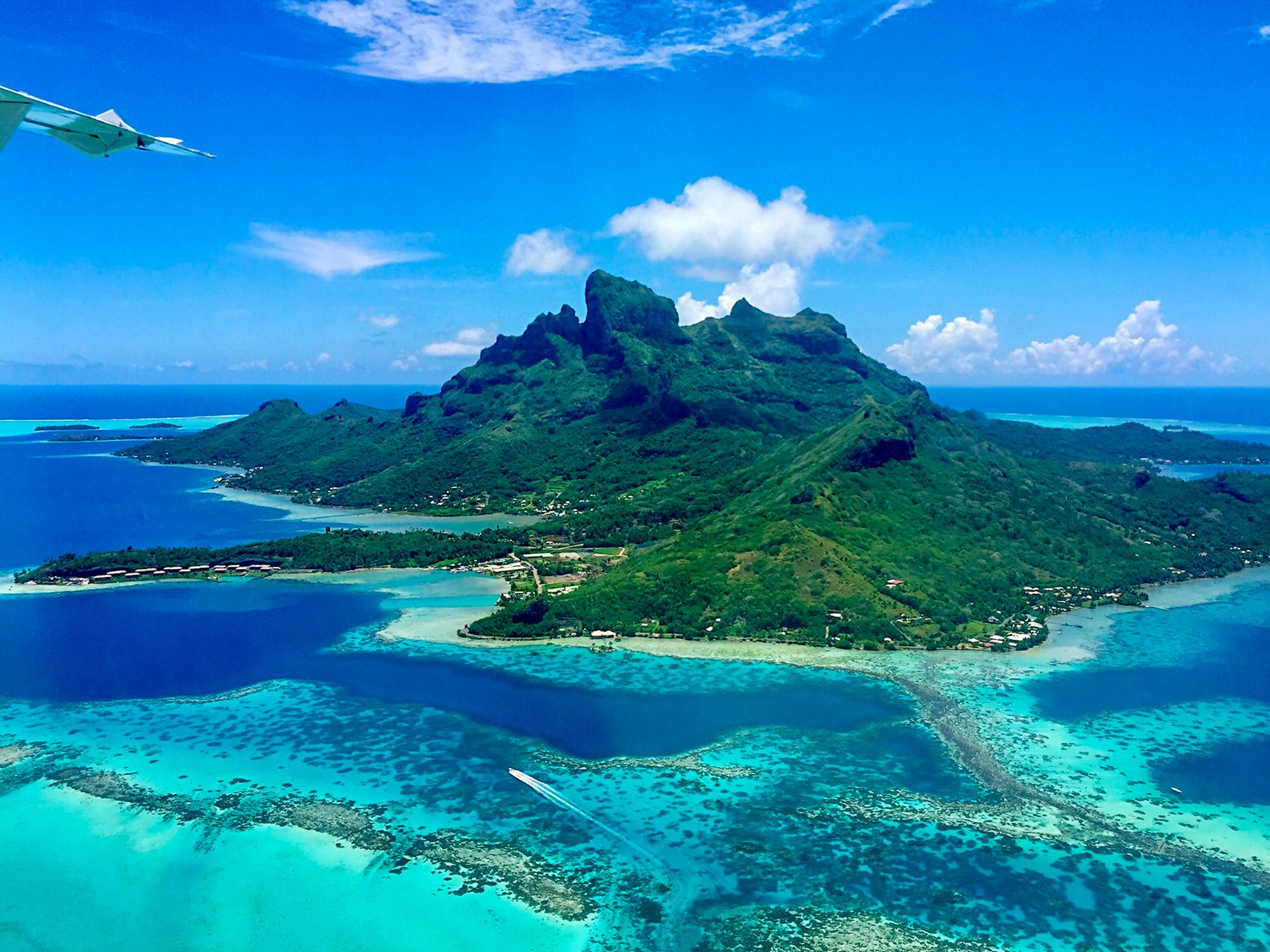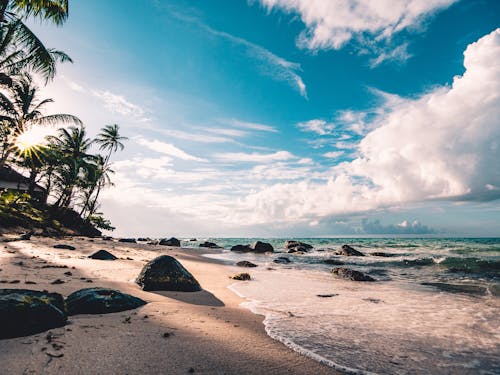Stamp: Crozet (French Southern and Antarctic Lands (TAAF) 2023)
Crozet (French Southern and Antarctic Lands (TAAF) 2023)
08 November (French Southern and Antarctic Lands (TAAF) ) within release Travel Notebook - "Aboard the Marion Dufresne" (2023) goes into circulation Stamp Crozet face value 20g No Face Value
| Stamp Crozet in catalogues | |
|---|---|
| Yvert et Tellier: | Yt: TF 1057 |
Stamp is square format.
Stamp from booklet Postal value of : Lettre 20g/Tarif International = €1.65Also in the issue Travel Notebook - "Aboard the Marion Dufresne" (2023):
- Stamp - "The Marion Dufresne" face value 20g;
- Stamp - "The Marion Dufresne" face value 20g;
- Stamp - "The Marion Dufresne" face value 20g;
- Stamp - "The Marion Dufresne" face value 20g;
- Stamp - "The Marion Dufresne" face value 20g;
- Stamp - "The Marion Dufresne" face value 20g;
- Stamp - Amsterdam face value 20g;
- Stamp - Amsterdam face value 20g;
- Stamp - Amsterdam face value 20g;
- Stamp - Amsterdam face value 20g;
- Stamp - Crozet face value 20g;
- Stamp - Crozet face value 20g;
- Stamp - Crozet face value 20g;
- Stamp - Crozet face value 20g;
- Stamp - Kerguelen face value 20g;
- Stamp - Kerguelen face value 20g;
- Stamp - Kerguelen face value 20g;
- Stamp - Kerguelen face value 20g;
- Stamp - Saint-Paul face value 20g;
- Booklet - Travel Aboard the Marion Dufresne face value 20*20g;
- Stamp - Tromelin face value 20g;
Stamp Crozet it reflects the thematic directions:
An island or isle is a piece of land, distinct from a continent, completely surrounded by water. There are continental islands, which were formed by being split from a continent by plate tectonics, and oceanic islands, which have never been part of a continent. Oceanic islands can be formed from volcanic activity, grow into atolls from coral reefs, and form from sediment along shorelines, creating barrier islands. River islands can also form from sediment and debris in rivers. Artificial islands are those made by humans, including small rocky outcroppings built out of lagoons and large-scale land reclamation projects used for development.
A landscape is the visible features of an area of land, its landforms and how they integrate with natural or man-made features. A landscape includes the physical elements of geophysically defined landforms such as (ice-capped) mountains, hills, water bodies such as rivers, lakes, ponds and the sea, living elements of land cover including indigenous vegetation, human elements including different forms of land use, buildings and structures, and transitory elements such as lighting and weather conditions. Combining both their physical origins and the cultural overlay of human presence, often created over millennia, landscapes reflect a living synthesis of people and place that is vital to local and national identity. The character of a landscape helps define the self-image of the people who inhabit it and a sense of place that differentiates one region from other regions. It is the dynamic backdrop to people’s lives. Landscape can be as varied as farmland, a landscape park, or wilderness. The earth has a vast range of landscapes, including the icy landscapes of polar regions, mountainous landscapes, vast arid desert landscapes, islands and coastal landscapes, densely forested or wooded landscapes including past boreal forests and tropical rainforests, and agricultural landscapes of temperate and tropical regions.
A sea is a large body of salty water. There are particular seas and the sea. The sea commonly refers to the World Ocean, the wider body of seawater. Particular seas are either marginal seas, second-order sections of the oceanic sea (e.g. the Mediterranean Sea), or certain large, nearly landlocked bodies of water.
A ship is a large watercraft that travels the world's oceans and other sufficiently deep waterways, carrying passengers or goods, or in support of specialized missions, such as defense, research and fishing. Historically, a "ship" was a sailing vessel with at least three square-rigged masts and a full bowsprit. Ships are generally distinguished from boats, based on size, shape and load capacity.




